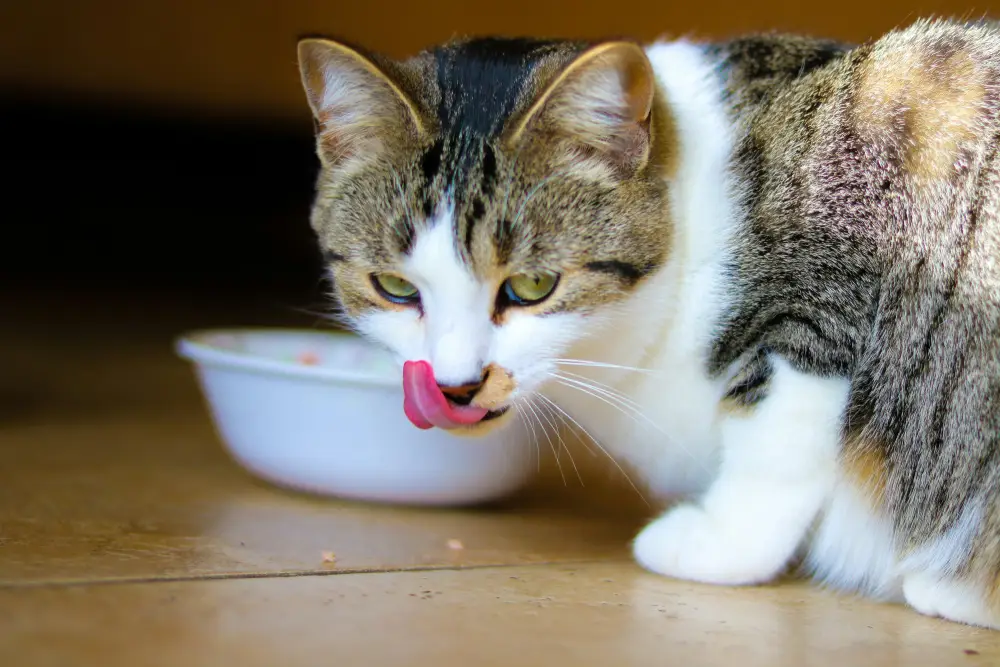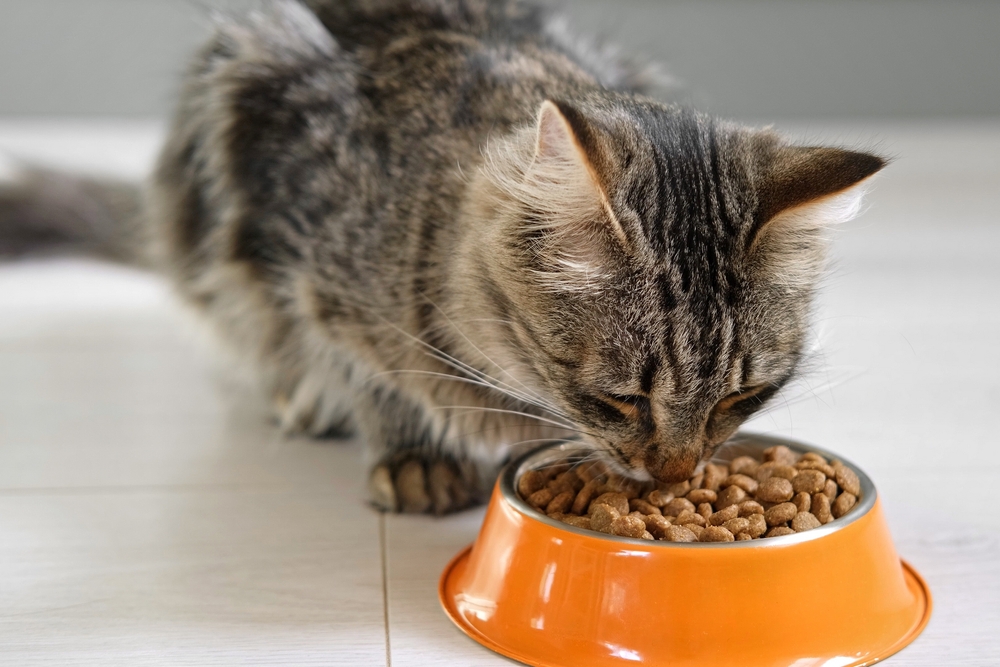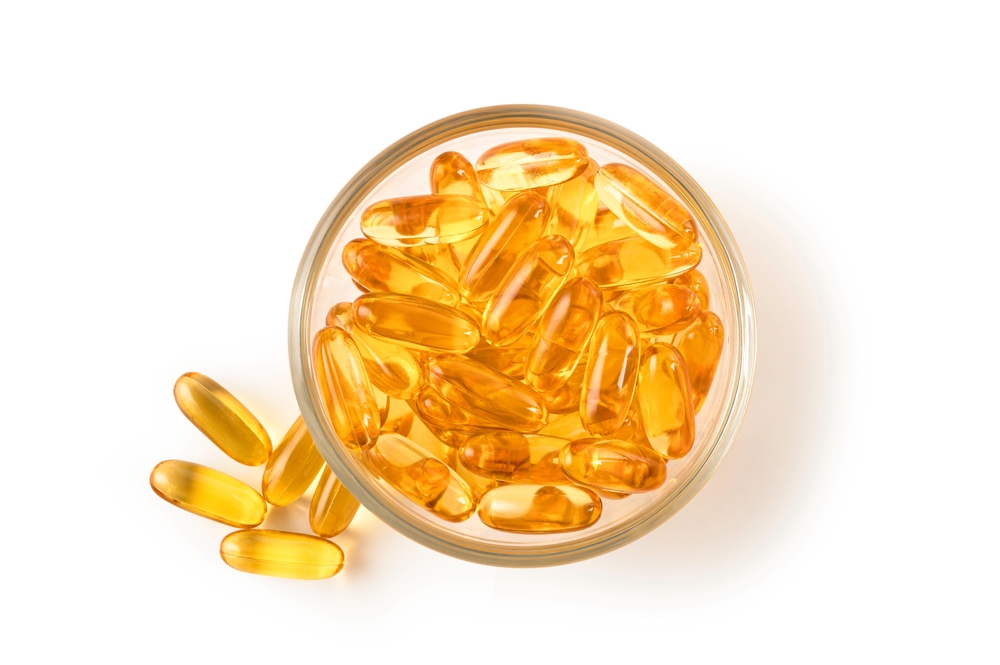
Understanding Your Cat’s Food
February 22nd 2022
The Essential Guide to cat food diets: What you need to know?
When admiring our serenely sleeping cats curled up cosily at the end of the bed it’s hard to rationalise that these beautiful elegant creatures who have become affectionate companions and confidants over the years are in reality lean, mean killing machines when it comes to their eating habits.
For most cat owners, the fact that we are actually harbouring a skilled assassin is something we would rather turn a blind eye to. However, the impressive features of a natural born predator are hard to deny; strong agile bodies with lightning reflexes, stealthy silent gait, razor sharp claws, long canine teeth, excellent night vision, highly attuned hearing and a superior sense of smell.
Acknowledging the glaringly obvious truth about these unique creatures we share our lives with is fundamental to understanding all aspects of their healthcare. So why does this often get forgotten when it comes to the most essential of topics – cat food nutrition!
What are you feeding your cat?
Currently 70% of UK cat owners feed a commercially prepared diet to their cat, of which half feed a mix of wet and dry cat food; the other 30% of owners feed table scraps, raw meat based diets or allow their cats to eat live prey.
Raw and live prey animal cat food diets are potentially very biologically appropriate. However, at home prepared diets are notoriously difficult to balance correctly and can be time consuming and inconvenient for most. Worryingly, a recent study in the US found 84% of these home prepared diets are deficient in multiple nutrients (1).
Even so, some commercially prepared cat food diet recipes are just as inappropriate; they may well balance better on paper but it only takes a glance at the back of a packet of some of these commercial cat foods to highlight their inadequacies.
For example, take the two best market leading dry cat food brands; the analytical constituents (this is the ingredients in the cat food) read 30-32% protein, 10% fat and 7.5-8.5% ash. What the manufacturer doesn’t need to declare is the carbohydrate content. Most of these dry diets are over 40% carbohydrate and rely on the carbohydrate to create the kibble structure. So why is a high carbohydrate content in a cats diet a concern?
Are cats Carnivores or Omnivores?
Cats do not need a high carbohydrate diet, in fact it goes against their biological makeup.
Cats are biologically different to us; they are classified as obligate carnivores. If you are a ‘Carnivore’ you derive your energy and nutrients from a diet exclusively or mainly from animal tissue. If you are an ‘Obligate Carnivore’ you depend solely on animal tissue as opposed to a facultative carnivore that, in the absence of meat, can choose to use non-animal sources for their nutritional requirements. In contrast, humans are classed as omnivores, deriving their energy from a variety of food sources, and dogs are a topic of controversy and can be classified as either omnivore or facultative carnivores.
Cats need Protein for Energy, not Carbohydrates!
The universal source of energy to all cells in any creature is glucose. For humans and dogs glucose is readily available from breaking down the carbohydrate in our diets. However, for carnivores their diet of fat and protein requires them to obtain glucose in a different way. Hence cats have well developed pathways to convert the building blocks of protein, amino acids, into a source of glucose. These pathways exist in humans and dogs but they are part of a collection of pathways to create energy that can be altered dependent on the type of food ingested. For cats, even when a cat has not consumed any protein, their body cells still demand a source of amino acids for energy and, in the absence of dietary protein, they have to start utilising existing body protein, i.e. muscle mass, to maintain normal cell function.
Cats naturally in the wild would consume a high amount of protein in their diet, 62% if they consume a mouse. Comparing this with the commercial diet at 30% it doesn’t take an expert nutritionist to identify a massive discrepancy within their diet!
Don’t all Commercial Cat Foods contain Protein?
Technically, commercially prepared cat food products do contain protein, but not all protein is created equal. The other important question that needs to be considered is where the protein originates from. Protein in a diet can come from animal tissue but is also found in many vegetables and grains. The only way of determining the source of protein is by analysing the composition (ingredient) list on the back of the packet. The list is ordered by weight in descending order, so to satisfy a cat’s biological requirements, a source of meat-based protein should be first on the list.
Cats need Animal Protein for Health Reasons
Cats require specific amino acids and vitamins in their diet, which are essential for normal cell function; some of these can only be obtained naturally from animal tissue. Arginine, Taurine, Cysteine and Methionine are amino acids used in lots of important processes in mammals but cats have to rely on a dietary source making them essential; this is not the case in dogs and humans as they can synthesis these molecules from others. For cats this process is not efficient and their daily requirements are much higher, consequently they utilise them faster than they can be created. Deficiencies can cause serious disease, for example taurine deficiency can cause heart disease and blindness. Commercial diets have to follow strict guidelines to ensure that these nutrients are present in adequate amounts and in cases where levels are inadequate, the cat will need to take an artificial supplement to ensure they receive the right level of thee important vitamins and minerals. Surely the more logical and natural approach is simply to feed what the cat naturally requires- meat based protein.
How many of us have seen a black cat that has a reddish brown tinge to their coat?
This is something that many of us may have observed in passing without realising but is a classic example of the effects that a diet deficient in meat can have. Tyrosine is an amino acid only found in animal tissue that cats can’t synthesise themselves. However, it is not a necessity for body function and therefore is not a regulated requirement to be supplemented in commercial diets. Tyrosine is a key component of the pathway that creates melanin, the black pigments responsible for their coat colour; so in a deficient state a black cat turns brown.
Choosing the best diet for your cat
Armed with the knowledge of a cat’s unique biochemistry we can select diets that are more aligned to their physiological needs by being savvy. Assessing food for its ingredients and nutritional break-down, rather than selecting one based on the most appealing cat on the pack, will help your cat’s long-term health and wellbeing. So when you’re next in the supermarket or pet store aisle considering what to buy, take the packet off the shelf and compare the backs of packs. Look for diets which have the first ingredient listed as a good animal based protein, ideally from a natural cat food that provides a fresh meat source, and compare the amount of protein, fat and ash.
We have focused here on dry diets as an example as they are easier to compare. Wet diets have large amounts of moisture in them, which varies between brands and makes comparison more challenging. The take home messages though are still the same; consider the quality of the ingredients and the sources of protein.
Vet’s Kitchen Cat Food
We set out to revolutionise dry cat food in the UK. Vet’s Kitchen’s Cat Food range contains a total of 80% chicken or salmon (depending on variety) and is the first dry cat food in the UK to contain ultra-high levels of fresh meat* (60%); the fresh meat* has been slow -cooked using a patented process which makes 96% of the protein digestible and locks in all the nutrients.
*freshly prepared meat
Photo by Abeer Zaki on Unsplash

 Shop Dog
Shop Dog
 Shop Cat
Shop Cat
 Vet Know-how
Vet Know-how Contact
Contact


